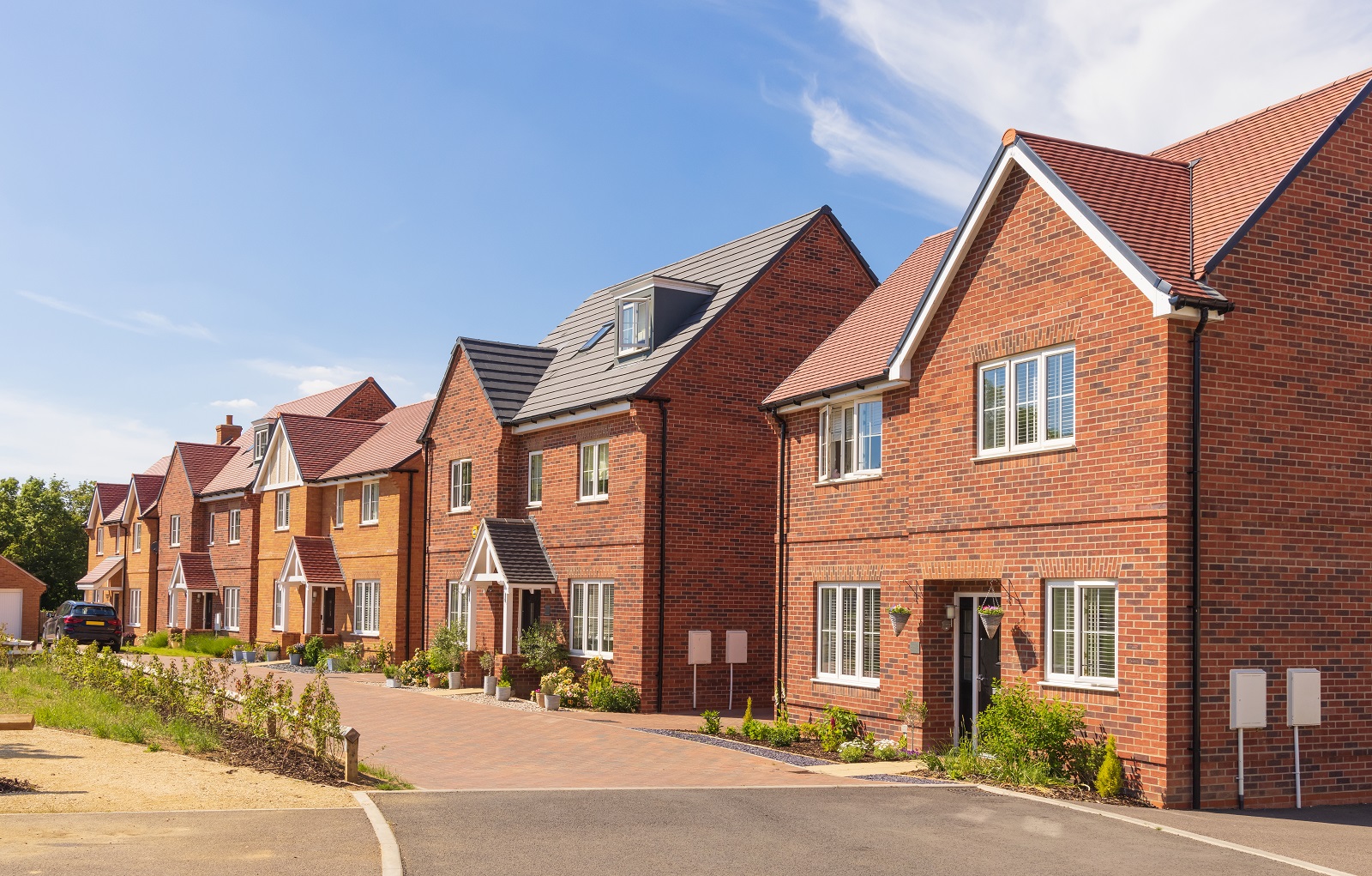Why aren’t LSOH cables mandatory in homes?
Low smoke zero halogen cables (LSOH) are designed to reduce the risk of smoke and toxic acid gas being produced during a fire, allowing occupants to evacuate safely. Given the importance of fire safety, why is it that LSOH cables are not mandatory in all homes? The short answer is that cable specifications are governed by codes of practice – not laws.
What are the codes of practice regarding LSOH cables?
In the UK, The IET Wiring Regulations (BS 7671) set out specific requirements, but do not enforce specific cable types. This allows some flexibility based on risk assessments. The Wiring Regulations are codes of practice, which are referred to by regulations such as the Electricity at Work Regulations1989 and Part P of the Building Regulations, which specifically covers electrical safety in dwellings.
Certain sections within BS 7671 recommend the use of LSOH cables in specific circumstances. An example is Regulation 422.2.1, which addresses conditions for evacuation in an emergency and recommends that cables should meet the requirements of BS EN 60332-1 and BS EN 61034-2, for example, which refer to reduced fire propagation and low smoke emissions.
The Construction Products Regulation (CPR) ensures construction products meet certain criteria including their reaction to fire but does not mandate the CPR class or reaction to fire properties of LSOH cables in residential properties. These cables are strongly recommended in high-risk areas, but standard cables may be sufficient in homes.
LSOH cables are typically chosen to meet a specification, rather than to meet a legal obligation. However, their use is often recommended to enhance safety. Why?
If a fire starts inside a building where PVC cables are present, they will produce a thick, black smoke as well as toxic acid gases such as hydrogen chloride. This makes it extremely difficult for occupants to not only see a clear exit route out of the building but also makes it extremely difficult to see and breathe. The specialist materials in LSOH cables mean they produce very little white smoke, which doesn’t obscure the line of sight and release less than 0.5% hydrogen chloride – allowing occupants to move around safely so they can evacuate.
Although LSOH cables will still burn during a fire, their flame retardant properties reduce the propagation of flames, slowing down the spread of fire into new areas within the building – giving occupants throughout the building more time to evacuate. 6242B is just one type of LSOH cable manufactured by Prysmian.
Prysmian 6242B
Prysmian 6242B is designed for use in domestic and light industrial fixed wiring installations where smoke and toxic emissions would pose a major hazard to occupants of a building in the event of a fire. Unlike other standard twin and earth cables, its insulation is made from cross-linked polyethylene (XLPE) rather than PVC. XLPE provides greater ductile strength and stability and has a higher working temperature of 90°C compared to PVC insulation, which has a working temperature of 70°C. This makes it a great choice for low voltage power distribution networks.
Prysmian manufacture twin and earth cables locally in Britain, and so meet the requirements as set out in the British Standards, ensuring reliability, safety and compliance. Prysmian 6242B is tested in accordance with BS EN 60332-1 and meets the requirements set out in BS EN 61034-2 for smoke emission and BS EN 60754-1 for corrosive and acid gas, which ensures its reliability as a low smoke, zero halogen cable.
Whilst there are no plans (yet) to make LSOH cables mandatory for all building types, their use is recommended in areas of high occupancy, such as high-rise buildings, offices, train stations and airports – places where smoke and acid gas could pose a serious hazard. Using high-quality low smoke zero halogen cables such as Prysmian 6242B ensures safety and reliability in environments where fire safety is paramount.
Visit our web catalogue for the full range of Prysmian LSOH cables.



